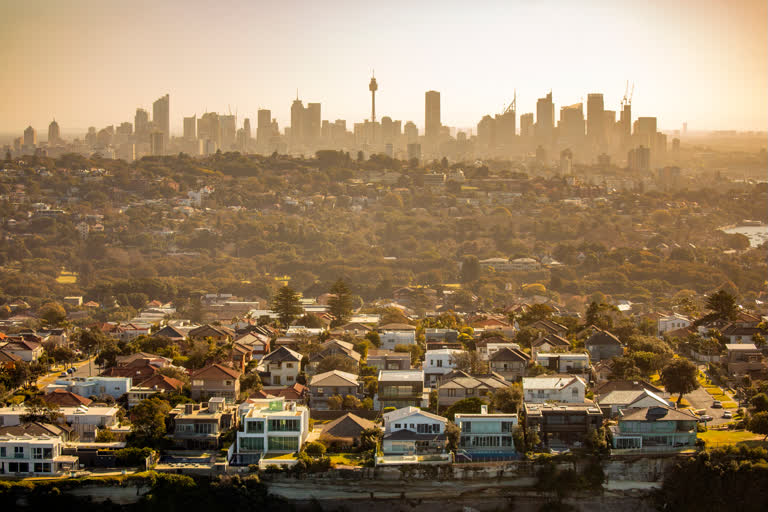New Delhi: Meteorological conditions in Delhi have been "extremely unfavourable" for dispersion of pollutants since this September as compared to last year, the Central Pollution Control Board (CPCB) said on Friday.
CPCB Member Secretary Prashant Gargava said PM10 concentration between September 1 and October 14 this year has been more as compared to the corresponding period last year.
An analysis showed there were seven rainy days with cumulative rainfall of 121 mm, between September 1 and October 14 in 2019. This year, there have been only three rainy days with 21 mm rainfall during the same period, he said.
"Meteorological conditions have been extremely unfavourable in September and October this year as compared to the corresponding period last year," Gargava said.
The average ventilation index has been 1,334 metre square per second in September and October this year as compared to 1,850 metre square per second during the corresponding period last year, the official said.
Ventilation index is the speed at which pollutants can get dispersed. A ventilation index lower than 6,000 sqm/second, with average wind speed less than 10 kmph, is unfavourable for dispersal of pollutants.
In Punjab, non-basmati paddy was grown on 20.76 lakh hectares of land this year as compared to 22.91 lakh hectares last year. Similarly, in Haryana, the area under non-basmati paddy cultivation has come down from 6.48 lakh hectares last year to 4.27 lakh hectares this year, Gargava said.
Non-basmati paddy straw is considered useless as fodder because of its high silica content and so farmers burn it.
With lesser area under non-basmati paddy cultivation this time, the CPCB member secretary hoped the number of stubble burning incidents will be fewer this year compared to 2019.
Gargava also said that stubble burning peak might not coincide with the peak of adverse meteorological conditions this year due to early harvesting of paddy.
A research in association with IIT-Kanpur is going on to identify on real-time basis which source is contributing how much pollutants. "It will help us refines actions," he added.
CPCB Chairman Shiv Das Meena said more active fire events have been reported this year so far because of early paddy harvesting. "We hope that the overall figures will be less than last year," he said.
The CPCB is also working on an "airshed-based approach" which will help identify areas in Delhi-NCR that require more attention and resource optimization. There will be more focused action next year based on this, Gargava said.
PTI
Also Read: Delhi pollution level dips to 'very poor' category amid stubble burning



